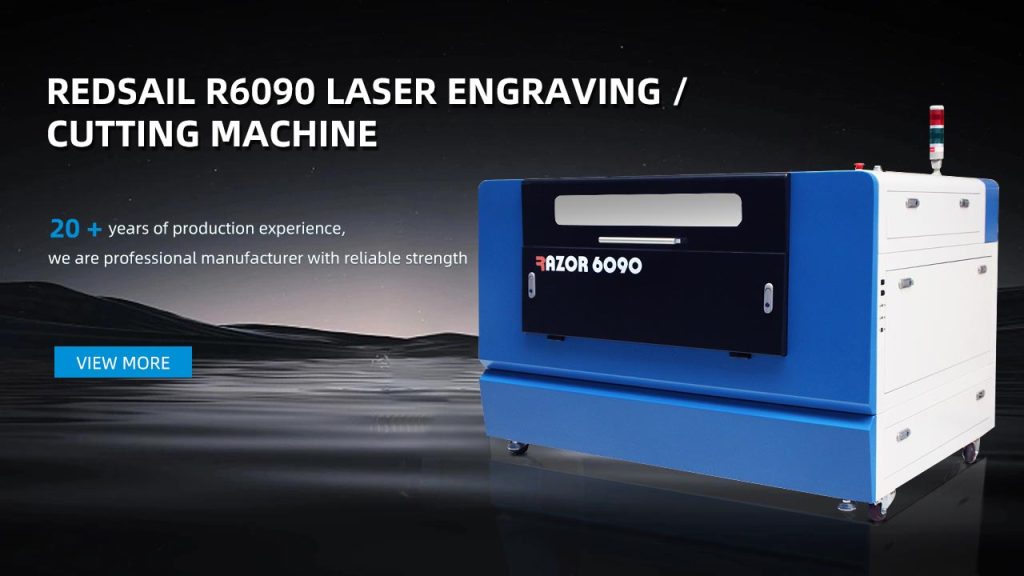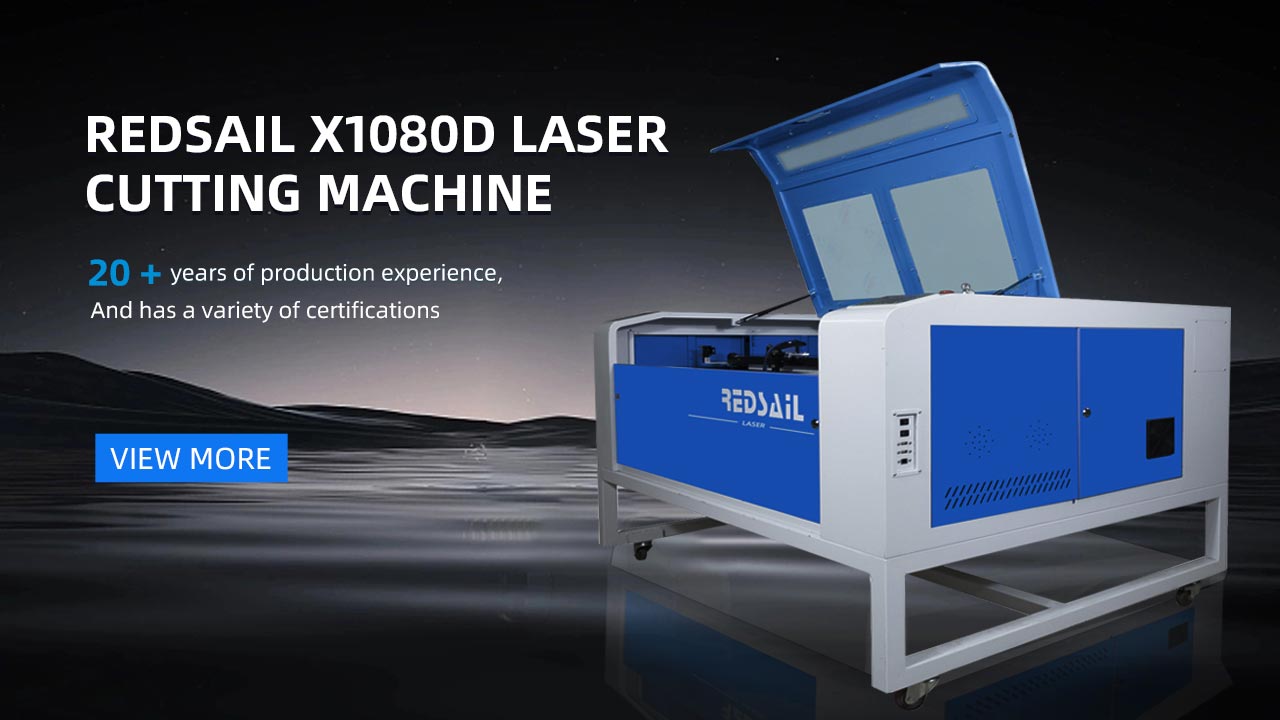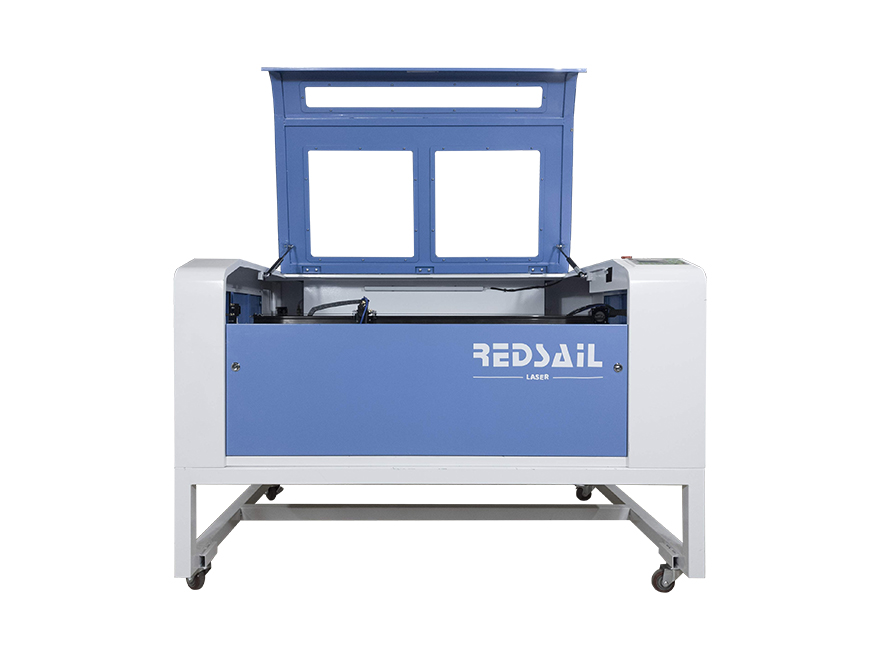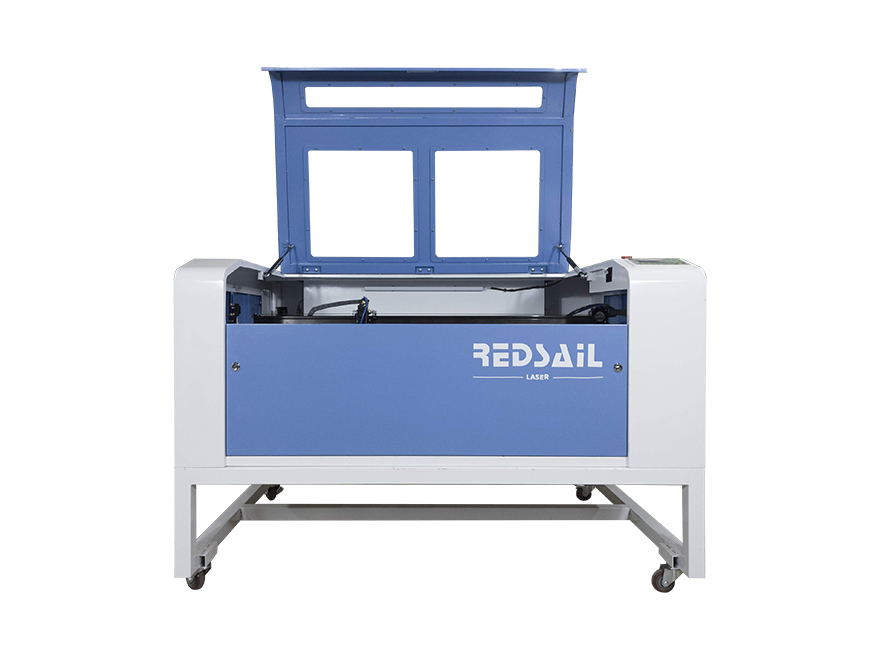
1. Operators must be trained, familiar with the structure and performance of the equipment, and master the relevant knowledge of the operating system.
2. Wear labor protection articles according to the regulations, and wear protective glasses that meet the regulations near the laser beam.
3. Before determining whether the material can be irradiated or heated by the laser, do not process it to avoid the potential danger of smoke and steam.
4. When the equipment is started, the operator shall not leave the post without authorization or be managed by the entrusted person. If it is really necessary to leave, the operator should stop the machine or cut off the power switch.
5. Put a fire extinguisher within easy reach; turn off the laser or shutter when not processing; do not place paper, cloth or other flammable materials near unprotected laser beams.
6. If abnormalities are found during processing, stop the machine immediately, and troubleshoot or report to the supervisor in time.
7. Keep the laser, bed and surrounding areas clean, orderly and free of oil. Workpieces, plates and scraps are stacked according to regulations.
8. When using gas cylinders, avoid crushing the welding wire to avoid leakage accidents. The use and transportation of gas cylinders shall comply with the regulatory requirements for gas cylinders. Do not expose cylinders to direct sunlight or near heat sources. When opening the bottle valve, the operator must stand on the side of the bottle mouth.
9. Comply with high voltage safety regulations during maintenance. Follow rules and procedures every 40 hours of operation or weekly maintenance, every operating hour, or every six months.
10. After starting up, manually start the machine tool in the X and Y directions at low speed, and check whether there is any abnormality.
11. After inputting a new workpiece program, it should be tested and checked for its operation.
12. Pay attention to observe the operation of the machine tool during work to avoid accidents caused by the cutting machine exceeding the effective travel range or the collision between the two machines.
The laser cutting machine focuses the laser light emitted by the laser into a high power density laser beam through the optical path system. The laser beam is irradiated on the surface of the workpiece to make the workpiece reach the melting point or boiling point, and at the same time, the high-pressure gas coaxial with the beam blows away the molten or vaporized metal.
As the relative position of the beam and the workpiece moves, the material will eventually form a slit, so as to achieve the purpose of cutting.
The laser cutting process replaces the traditional mechanical knife with an invisible beam, which has the characteristics of high precision, fast cutting speed, not limited by cutting patterns, automatic typesetting saves materials, smooth incision, and low processing cost. Gradually improve or replace traditional metal cutting processing equipment. The mechanical part of the laser cutter head has no contact with the workpiece, and it will not scratch the surface of the workpiece during work; the laser cutting speed is fast, the incision is smooth and flat, and generally does not require subsequent processing; the cutting heat-affected zone is small, the deformation of the plate is small, and the kerf is narrow (0, 1mm~0, 3mm); no mechanical stress on the incision, no shear burrs; high processing accuracy, good repeatability, no damage to the material surface; CNC programming, can process any plan, and can cut the whole board in a large format without opening the mold. Economical and time-saving.



